Top speed 1,920 km/h Wingspan 18 m Weight 24,500 kg First flight 1959 | Range 2,565 km Length 30 m | |
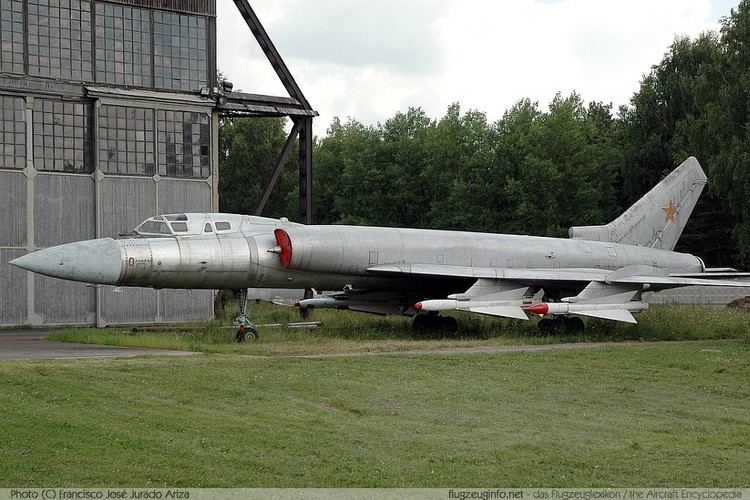 | ||
The Tupolev Tu-28 (NATO reporting name Fiddler) was a long-range interceptor aircraft introduced by the Soviet Union in the 1960s. The official designation was Tu-128, but this designation was less commonly used in the West. It was the largest and heaviest fighter ever in service.
Contents
- Background
- Design and development
- Operational history
- Variants
- Abandoned
- Operators
- Specifications Tu 128
- References
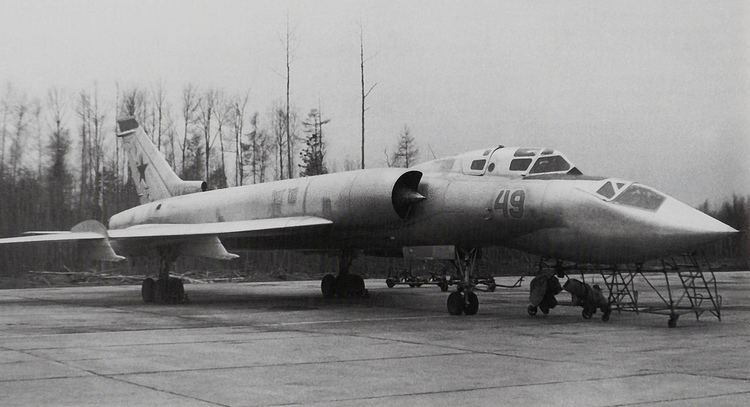
Background

In the 1950s, the Soviet Union sought the means to defend against the nuclear-armed American bombers possibly penetrating its borders (especially its long and vulnerable northern border). Contemporary interceptors, even the Yakovlev Yak-28P, were able to cover only a radius of a few hundred kilometers; the newly developed surface-to-air missiles had even shorter range. Considering both, the sheer numbers required to defend a 5,000 km air front were economically impossible to maintain. This left the Soviet Union able to provide a modern air defense only for selected valuable areas. The PVO decided to cover the entire territory, but with a more loose defense. In 1955 it placed a requirement for a large area-defense interceptor, that would achieve it with sparse airbases. The PVO requirement called for a supersonic aircraft with enormous fuel tanks for both a good patrol time and a long range, a capable radar, and the most powerful air-to-air missiles possible. The first attempt, although an unsuccessful one, was a 30-tonne Lavochkin La-250 prototype, the last of the Lavochkin design bureau's aircraft.
Design and development
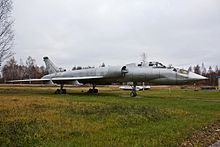
Iosif Nezval of Tupolev Design Bureau led development of the new interceptor aircraft. The work began in 1958, based on an existing single prototype of the unsuccessful Tu-98 supersonic bomber. The military designation of the interceptor was at first Tu-28, but it had been changed in 1963 to Tu-128, identical to the designation used by the OKB.

The Tu-128 had a broad, low/mid-mounted swept wing carrying the main landing gear in wing-mounted pods, and slab tailplanes. Two Lyulka AL-7F-2 turbojet engines were mounted in the fuselage. The two-man crew of pilot and navigator were seated in tandem.
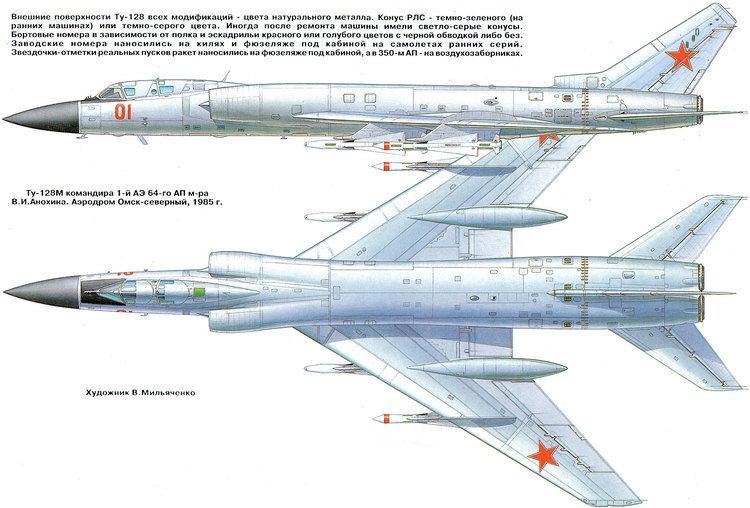
The Tu-128, with its maximum weight of 43 tonnes, was the heaviest fighter to enter service. It was a bomber interceptor, and with high wing loading, unsophisticated but reliable avionics and poor visibility, it was not an agile aircraft. It was intended to only combat NATO bombers like the B-52, not engage in dogfights with smaller aircraft.
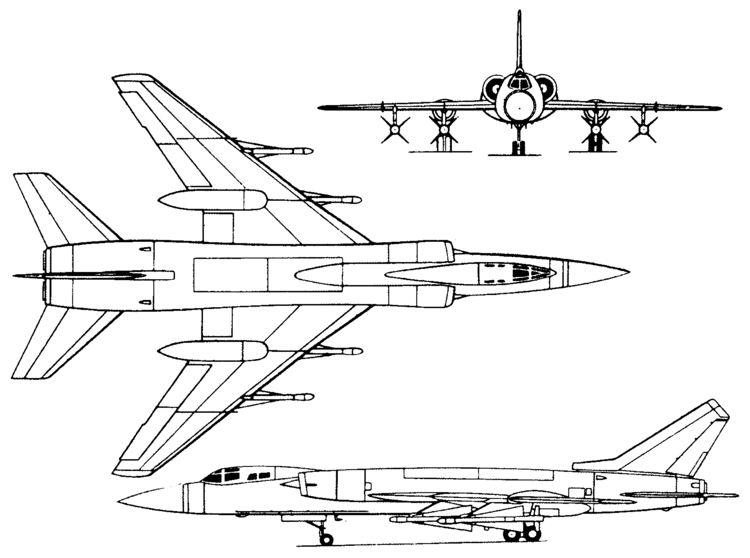
The interceptor made its initial public appearance on the 1961 Tushino air parade. Western experts, unaware that the bulge on the belly carried testing instruments, mistook it for a large ventral radar for a mixed interceptor/AWACS role. The production version lacked the bulge and had a large nose radome housing a radar, known as RP-S Smerch, with a detection range of about 50 km (31 mi) and a lock-on range of about 40 km (25 mi).

Armament of the Tu-128 was four Bisnovat R-4 air-to-air missiles (known as K-80 during development; NATO reporting name AA-5 'Ash'). Usually two of them were R-4R with semi-active radar homing and two were R-4T infrared-homing missile, with the former on the outer pylons and the latter on the inner underwing pylons. There was no internal weapons bay.
Production of the Tu-128 ended in 1970 with total 198 aircraft having been built.
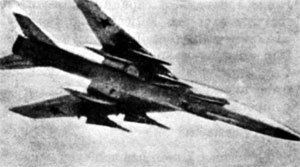
Development of various projects designated Tu-28A, Tu-28-80, Tu-28-100, Tu-138, and Tu-148 were proposed by the Tupolev Design Bureau but all were abandoned.
Operational history
The Tu-128's only publicly reported combat operation was the destruction of NATO reconnaissance balloons. The aircraft remained in service until 1990. Through the 1980s, units armed with the Tu-128 converted to the Mikoyan MiG-31.
Variants
Abandoned
Operators
Specifications (Tu-128)
Data from references
General characteristics
Performance
Armament
